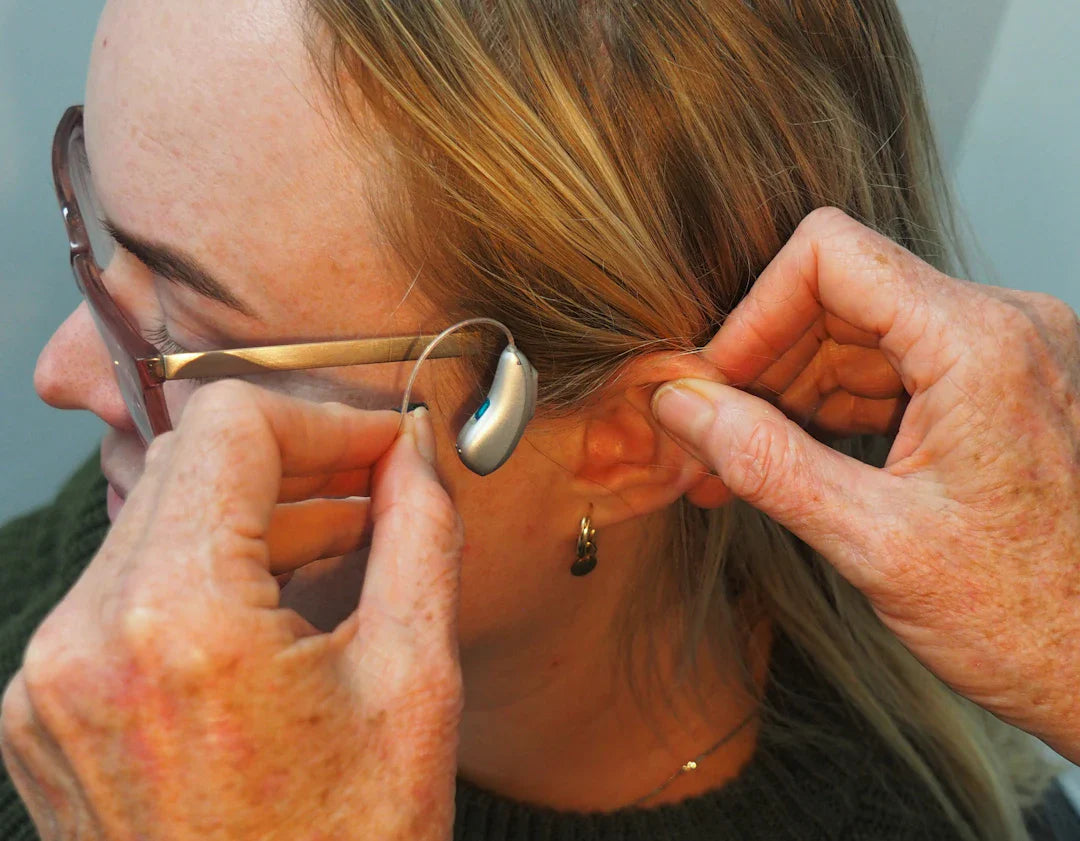Frequently Asked Questions
1. What are the common signs of hearing loss in children?
2. Why is early diagnosis of hearing loss important for children?
3. What types of hearing aids are available for children?
4. How can parents help their child adjust to new hearing aids?
5. What maintenance is required for hearing aids?
In today's fast-paced world, hearing issues in children can pose significant challenges. As a parent, understanding the ins and outs of hearing aids for children is crucial not only for their hearing care but also for their overall development. This blog post aims to provide vital information on hearing aids, specifically focusing on extended bandwidth hearing aids and the key aspects every parent should consider.
Understanding Hearing Loss in Children
Hearing loss in children can manifest at birth or develop in early childhood. The causes of hearing loss can range from genetic factors, illnesses, or even environmental exposures. Unfortunately, many children with hearing loss go undiagnosed, which can severely impact their language development, social skills, and educational achievements.
It’s vital to remain vigilant for any signs of hearing impairment. Some symptoms might include:
- Difficulty following conversations, especially in noisy environments.
- Frequent requests for repetition, such as "What?" or "Huh?".
- Inattentiveness or lack of interest when watching TV or listening to music.
- Delayed speech development.
The Importance of Early Diagnosis
Early intervention is critical. Studies have shown that children diagnosed with hearing loss before six months of age have better outcomes in language, social skills, and academic performance compared to those diagnosed later. Regular hearing screenings are essential for infants and toddlers to catch any potential issues early on.
When to Seek Professional Help
If you notice any of the symptoms mentioned above, it’s essential to consult an audiologist as soon as possible. A hearing care professional will conduct a thorough assessment and determine the best course of action, which could include the recommendation of a hearing aid.
Choosing the Right Hearing Aid for Your Child
Selecting the appropriate hearing aid for your child is crucial, and it can be overwhelming given the various options available. Here are a few factors to consider:
Type of Hearing Aid
Hearing aids come in various types, including:
- BTE (Behind-the-ear): Best suited for infants and young children due to their durability and ease of use.
- ITE (In-the-ear): More discreet but may not be suitable for very young children as they can be harder to handle.
- Canal Aids: These are custom-fitted and less visible but might need frequent replacement as your child grows.
Extended Bandwidth Hearing Aids
One notable advancement in hearing aid technology is the development of extended bandwidth hearing aids. These devices can amplify a broader range of frequencies, allowing children to hear critical sounds that traditional hearing aids may miss. This aspect can significantly affect their language development and sound localization abilities.
Adjusting to New Hearing Aids
Once you’ve found the right hearing aid for your child, the adjustment period begins. Transitioning to hearing aids can be challenging, especially for younger children. Here are some tips to help ease the process:
- Start with short periods of use and gradually increase the time.
- Encourage your child to express their feelings about wearing the hearing aid.
- Make it a game: embrace the experience positively.
Encouraging Effective Communication
After your child starts using hearing aids, it’s crucial to facilitate effective communication. Here are some strategies:
- Ensure visual cues are available; facial expressions and lip-reading play a significant role.
- Speak clearly and at a moderate pace, avoiding the temptation to shout.
- Minimise background noise during conversations.
Regular Hearing Care and Maintenance
Hearing aids require regular maintenance and care to ensure they function optimally. It’s important to establish a routine to clean and check the devices as well as monitor whether they are fitting properly. Here are some essential maintenance tips:
- Clean the hearing aids daily to remove earwax and moisture.
- Check the batteries regularly and replace them when necessary.
- Be mindful of the fit; ensure it’s snug but not uncomfortable.
Staying Updated with Technology
The world of hearing aids is constantly evolving with advancements in technology. Staying updated on the latest innovations, such as extended bandwidth hearing aids, can offer your child better hearing capabilities. It's beneficial to schedule regular check-ups with your audiologist to evaluate if your child’s hearing aid needs upgrading.
Emotional Support and Community
It’s essential to foster emotional well-being for children using hearing aids. Encourage openness and understanding within the family about their hearing challenges. Connection with other parents facing similar situations can provide invaluable support. Consider joining support groups or online forums focused on hearing care. Here, you can learn from one another, share experiences, and provide encouragement.
Educating and Advocating
As a parent, being an advocate for your child is pivotal. Make sure schools and caregivers understand your child’s hearing needs. Communicate with teachers about strategies to support your child effectively in an educational environment.
Engaging Activities to Enhance Learning
Integrating hearing aids into daily life can be greatly beneficial. Engaging in various activities can help your child practice listening and improve their communication skills. Here are some suggestions:
- Reading together: Choose books with rhymes or repetitive phrases to enhance language skills.
- Listening games: Use sounds from various sources and have your child identify them.
- Group activities: Enroll in playgroups that encourage social interaction and communication.
Final Thoughts on Hearing Aids for Children
Investing in hearing aids for your child can be life-changing. It opens doors to better communication, learning, and social engagement, making every day an opportunity for growth. Remember, the journey of hearing care is continuous. By staying informed, actively participating in your child’s hearing aid journey, and supporting them emotionally, you play a crucial role in their success. With the right tools, guidance, and a supportive community, your child can thrive and overcome the challenges posed by hearing loss. Embrace the adventure of hearing together!




